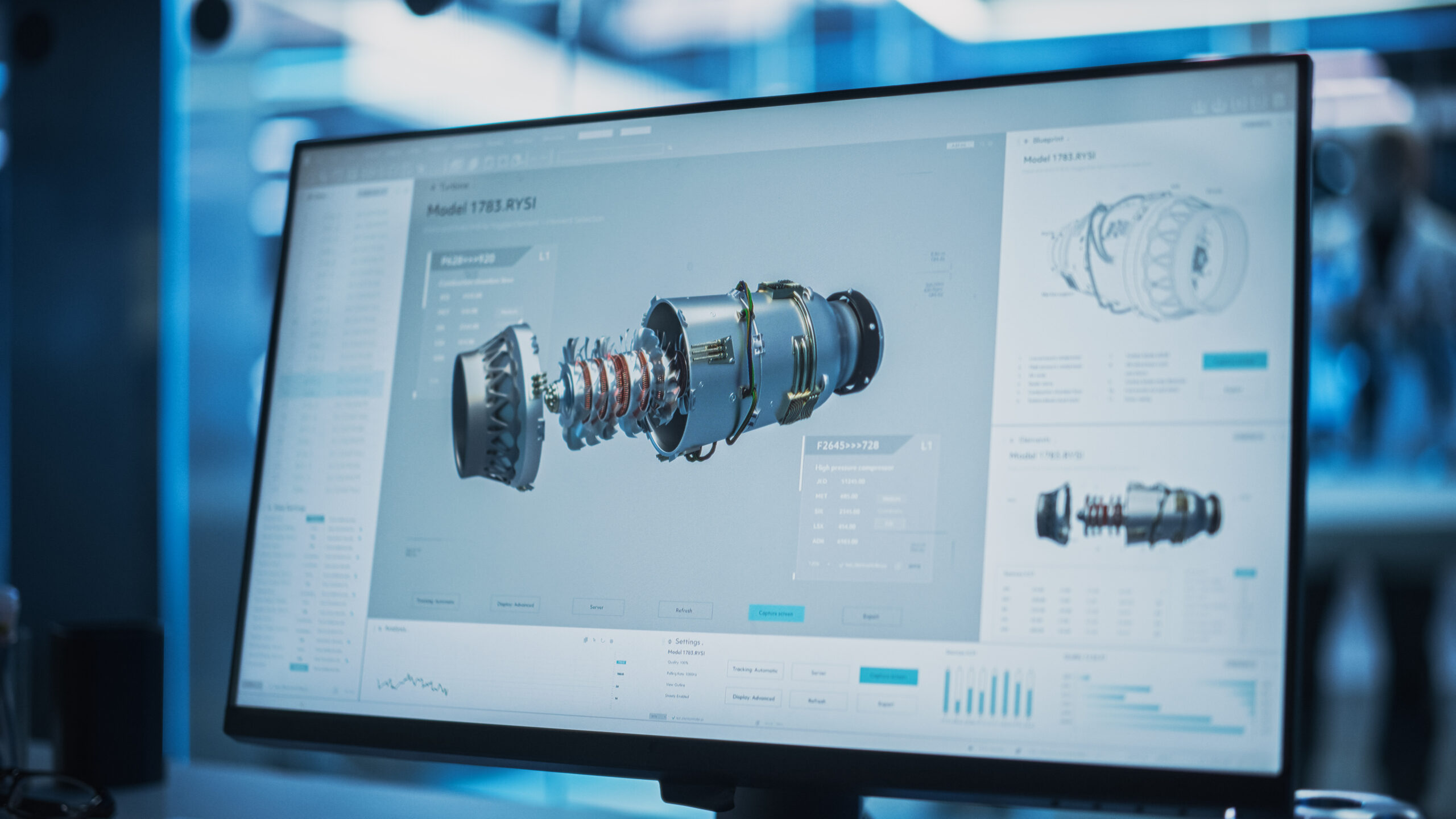The global aviation industry faces unprecedented challenges in production, safety, and supply chain management. Aircraft shortages, due to production delays and safety inspections, threaten to create widespread disruptions.
The aviation industry’s current predicament is multifaceted. Material and parts shortages, a lingering effect of the COVID-19 pandemic, continue to plague manufacturers. Recent safety concerns have led to widespread groundings for inspections and repairs, further straining the availability of aircraft. As demand for air travel surges, the industry finds itself ill-equipped to meet it, primarily due to production and repair bottlenecks. At the heart of these issues lies a fundamental problem: a lack of visibility into complex supply chains, leaving manufacturers unable to anticipate and mitigate potential disruptions effectively.
Powerful, data-driven tools exist to help mitigate supply chain challenges and revolutionize the aviation industry. These technologies offer the potential to enhance supply chain visibility, accelerate material selection processes, and address critical safety concerns.
Enhancing Supply Chain Visibility with Advanced Analytics
Data-driven software platforms are transforming aviation supply chain management by providing real-time tracking of parts and materials, granting manufacturers a clear view of their entire supply chain. Predictive analytics can anticipate demand fluctuations and potential supply issues before they materialize, enabling proactive problem-solving rather than reactive crisis management. These systems, which include predictive maintenance platforms, demand forecasting tools, and digital twin technologies, analyze vast amounts of data from diverse sources, uncovering patterns and potential disruptions that might elude human analysts.
Manufacturers can use advanced algorithms to analyze historical data, market trends, and external factors to accurately forecast demand for specific parts. These insights can optimize inventory management, reducing the risk of costly stockouts or excess inventory. Furthermore, machine learning models excel at identifying patterns in supplier performance, helping detect potential bottlenecks or unreliable suppliers in advance. This early warning capability empowers manufacturers to swiftly adjust their production schedules and sourcing strategies, effectively minimizing delays and disruptions.
The practical value of these technologies is already evident, with several major aviation companies successfully implementing software intelligence in their supply chain management. As technology continues to evolve and improve, there is potential to bring even greater efficiency and resilience to aviation supply chains, helping the industry navigate the complexities of global manufacturing and distribution.
Addressing Aviation Safety Concerns with Intelligent Software
Public concern over aircraft safety has grown after several high-profile incidents. Intelligent software can play a crucial role in maintaining and improving safety standards across the industry. Data-driven systems can provide continuous aircraft monitoring, analyzing data in real-time to detect potential issues before they become critical. Predictive maintenance, powered by machine learning algorithms, can anticipate when components are likely to fail, allowing for preemptive replacements and reducing the risk of in-flight failures.
Moreover, as safety regulations evolve, technology can help aviation companies quickly adapt their processes and designs to meet new standards and regulations. By analyzing vast amounts of safety data and simulating various scenarios, advanced analytics can help identify potential safety issues and suggest improvements, ensuring that new aircraft designs meet or exceed all relevant safety standards.
Accelerating Material Selection and R&D
Analytical platforms can also be used during the material selection portion of the research and development phase. These technologies can rapidly analyze material properties, simulate performance under various conditions, and ensure compliance with stringent safety standards. Machine learning algorithms can process and learn from vast databases of material properties and performance data, identifying optimal materials for specific applications much faster than traditional methods. This capability not only speeds up the development process but also allows for more thorough testing and validation, potentially leading to safer and more efficient aircraft designs.
Balancing Software Capabilities with Human Expertise
While next-generation software presents exciting possibilities, industry experts caution against over-reliance on these technologies, especially in critical engineering applications. Consider the design of a bolted joint: conventional theory behind the design is idealized, and real-world applications involve numerous uncertainties that systems may not capture. Successful companies must rely on validated methods, based on (often unpublished) data from extensive testing, to produce designs that will meet the standards required by the F.A.A. and others for certification.
This highlights a crucial limitation of technology: its effectiveness is only as good as the data it can assess. If data-driven systems are not fed real-world, validated data on all aspects of a particular engineering environment, they may fail to account for critical uncertainties in their analyses. This limitation could lead to serious safety issues if technology-drawn conclusions are over-relied upon in engineering decisions. Such over-reliance could result in catastrophic failures, such as aircraft components breaking or coming loose during flights.
While the potential of this technology in aviation is immense, it is important to remember that these technologies do not replace human expertise – they simply augment it. Human judgment, experience, and intuition are irreplaceable, especially when dealing with the complex, high-stakes problems common in aviation engineering.
Looking Ahead – Technology and the Future of Aviation
As technologies continue to evolve, their impact on the aviation industry is likely to grow. From more resilient supply chains to safer, more efficient aircraft, the potential benefits are substantial. However, realizing these benefits will require sustained investment, collaboration, and a commitment to responsible implementation.
For aviation leaders, the message is clear: embracing technology is not just about staying competitive; it’s about shaping the future of air travel. By leveraging these technologies to address current challenges and anticipate future ones, the aviation industry can ensure that it is well-equipped to meet the demands of tomorrow’s travelers. The journey of transformation has only just begun, and the destination promises to be nothing short of revolutionary.

